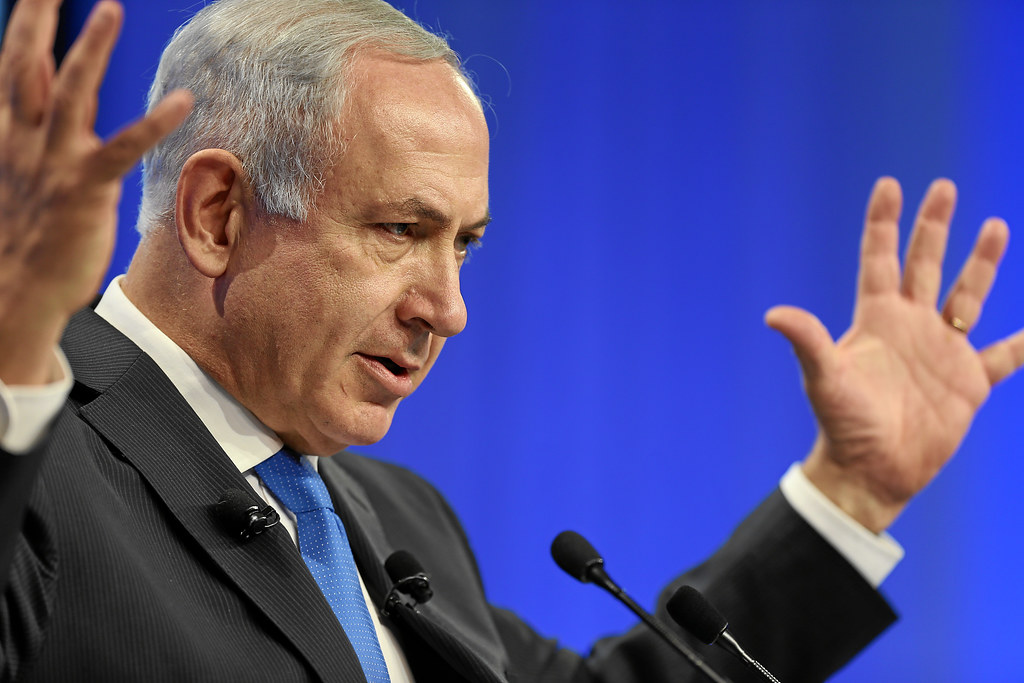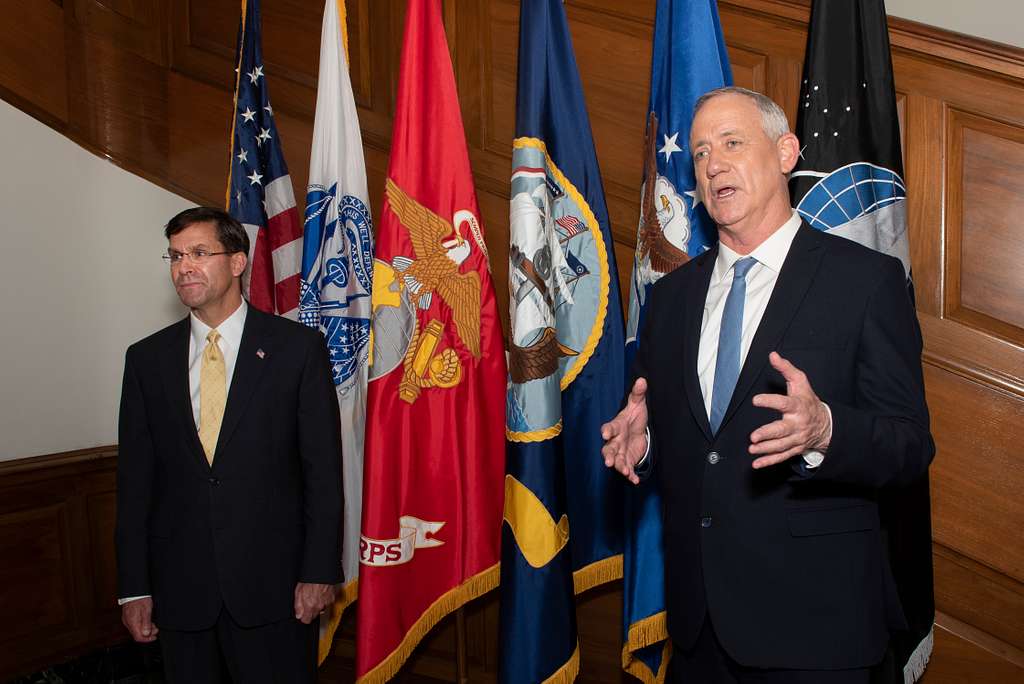Kamala Harris accepting the Democratic Party’s nomination at the Democratic National Convention on Thursday was the capstone of a shocking and unprecedented summer in American elections. Where many despondent Democrats had been consigning themselves to almost certain defeat just a few short months ago with Biden as the presumptive nominee, the party faithful are now jubilant with newfound confidence.
The turnaround has been nearly miraculous. Per Nate Silver’s metrics, Harris has improved on Biden’s polling numbers in battleground states by anywhere from 6 to 8 points. Where Biden was hoping to squeak out a narrow win in the Electoral College tipping point state of Pennsylvania despite trailing Trump in the polls, Harris seems poised to expand the map and contest sunbelt states like North Carolina, Georgia, and perhaps even Florida.
The reversal of fortune has been astonishing and improbable to many political observers. Many Republicans like Fox News host Jesse Watters have taken to poll denialism conspiracy theories to insist that Trump still retains a lead; Matthew Yglesias thinks Harris may be in a bubble of complacency and distrusts her momentum if she refuses to take gratuitous swipes at progressives to appease centrists; others like Fareed Zakaria insist that while Harris is successfully winning on vibes for the moment, she will need to concentrate more on policy to survive.
But there is good reason to believe that Harris’ current narrow but genuine lead in the polling may well be durable. It is, of course, a truism in politics that anything can happen and that an unfortunate photograph, ugly leak, or ghastly gaffe can doom an entire campaign. However, absent an unpredictable event, there is good reason to believe that Harris’s polling lead over Trump should endure without needing copious white papers or defensive hippie-punching. Harris’ lead may even be positioned to expand from here.
Before he dropped out of the race—and even before his painful debate performance—Biden consistently trailed Democrats running for House and Senate races in battleground states by 5 to 14 points. These numbers may even have understated the damage as Biden’s unpopularity also created a drag effect on the polling for congressional Democrats, which was alleviated by hypothesizing either Harris or Michigan Governor Gretchen Whitmer at the top of the ticket. The question at the time was whether this deficit reflected unusual strength for Trump relative to downballot Republicans or soft support for Biden relative to undercard Democrats.
The answer is still unknown, but evidence suggests that Harris’ support still has room to grow. Since Biden withdrew and Harris became the Democratic nominee, Harris has jumped out to a lead in most battleground states. But her support still lags behind that of downballot Democrats. The right-leaning RealClearPolitics average of polls shows Harris trailing Senate candidate Elise Slotkin by 2.1 points in Michigan; in Arizona, she is 6.9 points behind Ruben Gallego; in Pennsylvania, she lags Casey by 7.8 points; in Wisconsin, she is 5.2 behind Tammy Baldwin, and so on. (Note: these averages may be skewed somewhat against Harris by the presence of many outlier right-leaning presidential polls that RealClearPolitics weights equally with more credible ones.)
Harris has cut Biden’s deficit versus downballot Democrats approximately in half, meaning that a smaller but significant number of voters are still telling pollsters they may split their ticket with Trump at the top and Democrats below. But actual ticket splitting is increasingly rare in our modern partisan era, and only six percent of voters switched allegiance in the 2022 congressional elections. Among voters who do split their ticket, it is improbable that all of them will favor Trump. Meanwhile, Harris has opened up a 7-point lead over Trump in overall favorability ratings: the Vice-President’s favorability has climbed dramatically to 44.9%, while Trump remains mired at 43%. Voters are still becoming more familiar with Harris in a brightened spotlight. So far, they have liked what they saw even before the impact of the Democratic National Convention.
It is possible that Donald Trump has a cult of personality among lower frequency voters that will help him continue to outperform his favorability ratings and his downballot Republican allies significantly, and many Americans may harbor prejudices that prevent them from supporting Kamala Harris as much as they might Tammy Baldwin or Ruben Gallego. Association with voters’ negative perceptions of the Biden presidency may also hamper Harris.
But it is also very possible that Kamala Harris has not yet hit her ceiling and that her support will continue to grow in alignment with the favorability gap over Trump and in alignment with the performance of Congressional Democrats in battleground states. Democratic enthusiasm and fundraising will likely remain at unprecedented strength. Whatever her past foibles, Harris has also proven to be a capable, disciplined, and flexible campaigner on the biggest stage.
Absent an unexpected event or disastrous debate, Harris’s increased support could also remain durable through November. Of all the possible outcomes, the data suggests that an increasing and then steady lead for Harris seems the likeliest of all scenarios.



















